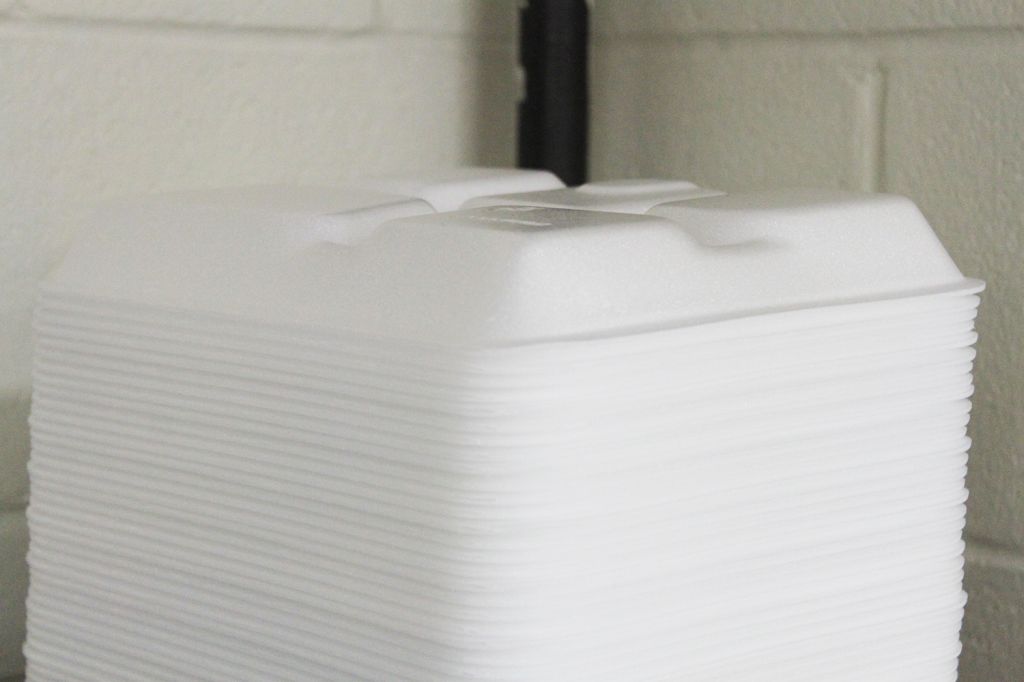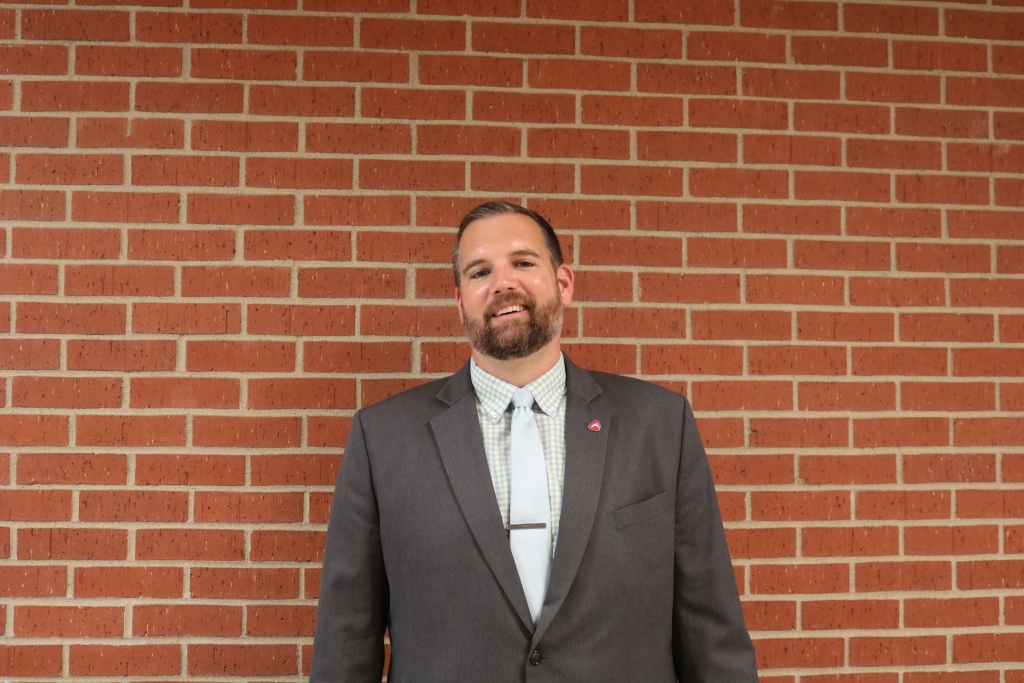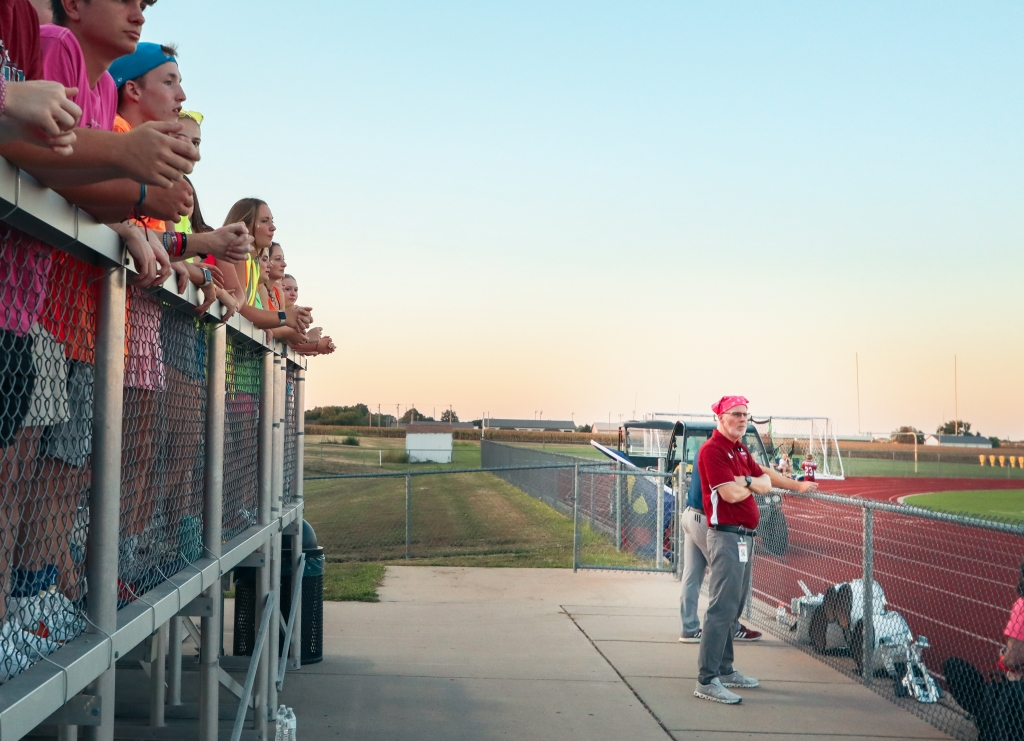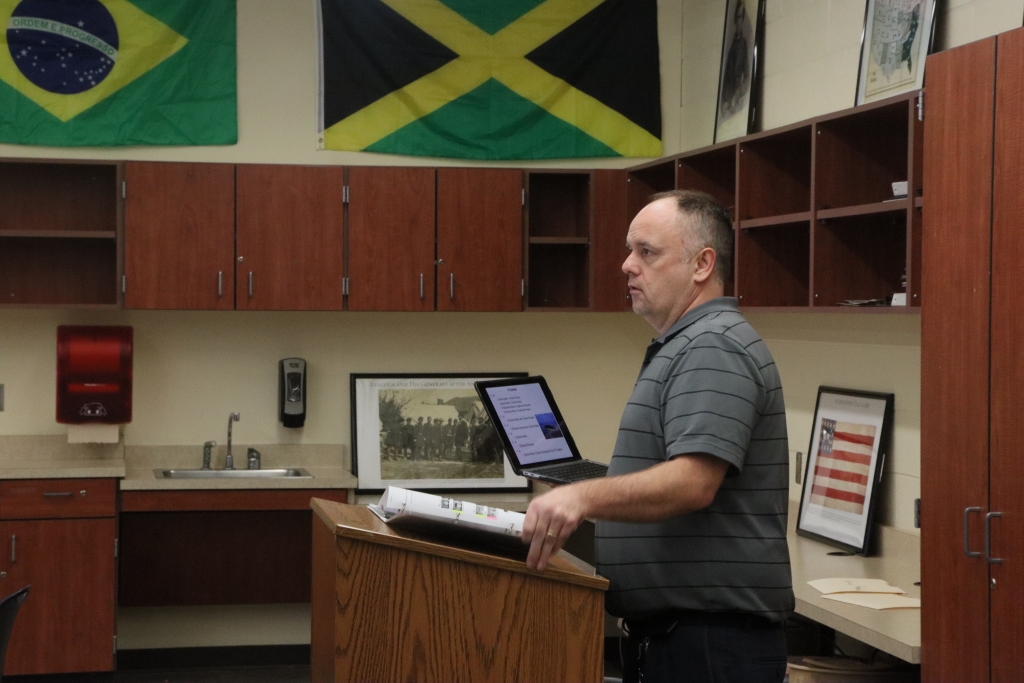Polystyrene in our lunchrooms

story by Sydney Shain≫
At the end of lunch, the stacks of used polystyrene food trays look like a total waste of money and an environmental disaster. But when it comes to the reasons why, there’s more than one side to the issue, and it might even be one on a larger scale.
There are a few pilot programs across the country, usually fueled by grants, that do recycle small amounts of polystyrene. However, there might be none in the United States that recycle styrofoam whose purpose brought it in contact with any food.
“Is the polystyrene you’re starting with completely clean?” said Sedlock. “Was it something from an Amazon box, or was it something that had food on it? At the end of the day, a lot of producers using polystyrene need it to be very clean. If they’re taking polystyrene and making meat trays, that polystyrene has to be pure. It all depends on what’s going to be made and what the process is.”
An example of a facility who only takes non-food related polystyrene, or at least a drop off point for it, resides in Kansas City. They only take the cleanest polystyrene.
Charlie Sedlock, Director of Hamm Waste Services, weighed in on polystyrene (commonly referred to as styrofoam) and what about it makes it so difficult to recycle.
“The way most cities in the United States have set their recycling up, I would say 99.9%, is for a certain number of plastics, and certain types of paper and metals, and cardboard,” said Sedlock. “Styrofoam is almost universally never accepted. Because it is very difficult to handle, it breaks apart, and it’s very very lightweight so it’s difficult to transport. Markets are undeveloped for recycled polystyrene. It’s not to say that it cannot be recycled, it’s just very difficult.”
So, is there anything that can be done? Christen Coble, an employee in the cafeteria, talked about the use of the trays on certain days and what they mean for her and her staff’s busy schedules.
“We use trays on days we are short on staff,” said Coble. “Those days when employees are out sick or home with their sick children we do not have enough manpower to complete our tasks in the contracted amount of time we are given to do our jobs.”
So, if you find yourself stuck with a styrofoam tray, one of the workers in the kitchen was gone that day.
And as for the kitchen seeming wasteful, Coble had something to add about that as well.
“We do tremendous recycling in our kitchen,” said Coble. “We fill 4 bins out back that are picked up daily but these trays you stack are not one of those items.”
Sedlock had a suggestion for reducing waste and making the kitchen an even more sustainable.
“What I would advise is that you have a material that is very difficult to recycle, and it’s adding to the waste stream,” he said. “Could we switch to something recyclable, or could we switch to something that’s reusable?”
However, these are the exact areas where the lunch service really can’t make changes. Like Coble said, these trays are used when they are even more understaffed than usual. The administration typically does not give the staff an option to stay after, get more pay, and finish washing the dishes when they are an employee or two short.
When their day is already rushed and the work piles up, expecting them to complete the tasks of a regular staff with less seems unreasonable.
Additionally,, the supplier for the lunchroom, U.S. Foods, does not offer a disposable tray made from recyclable material.
With limited options, it seems that the styrofoam trays are the best fit for the situation right now. If there were less restrictions on the staff and their hours, and they were supplied with a better source with a more diverse range of products, the school could reach a higher level of sufficiency and environmental consciousness.
“My opinion is that it is absolutely worth using disposable trays,” said Coble. “It makes our lives easier when someone is out.”








